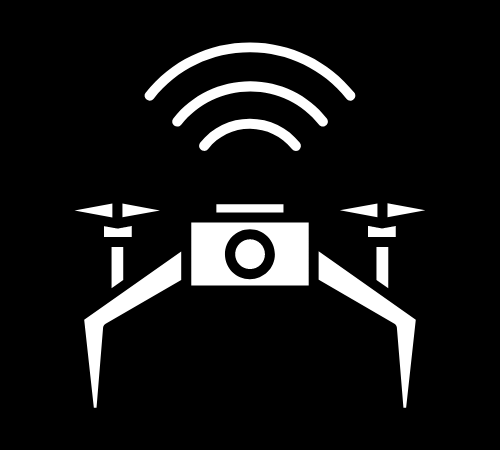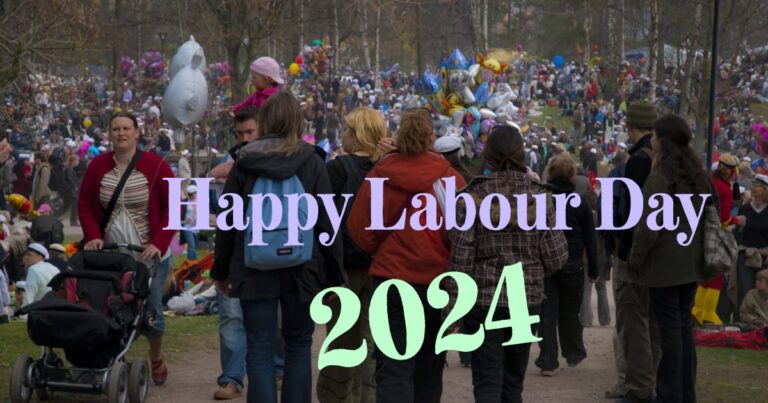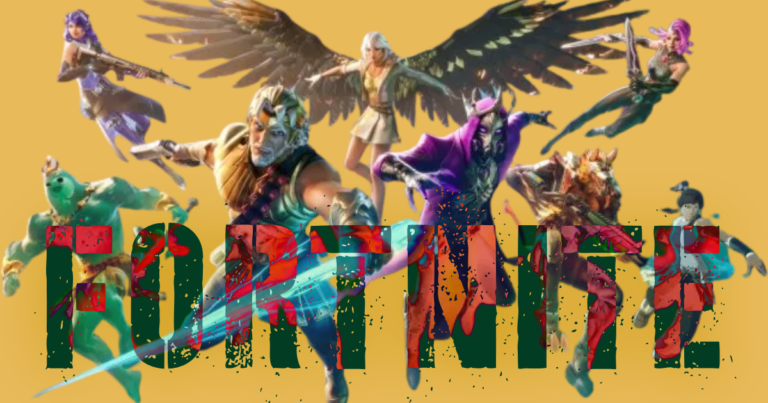The United States, a diverse and culturally rich country, boasts a calendar full of major events, festivals, and celebrations. From historical commemorations to vibrant festivals, these occasions reflect the nation’s multicultural fabric and its historical milestones. This comprehensive guide delves into some of the Best US Festivals and Events: Dates, Importance, and Celebrations most significant events in the USA, exploring their historical backgrounds, importance, and the unique ways they are celebrated.
1. New Year’s Day (January 1)
Historical Background and Importance:
New Year’s Day marks the beginning of the Gregorian calendar year. The celebration of this day dates back to ancient civilizations, with various cultures observing different traditions to welcome the new year. In the USA, New Year’s Day is a public holiday celebrated with enthusiasm, symbolizing fresh starts and new beginnings.
What Happens During the Event:
Traditions include fireworks displays, New Year’s Eve parties, and the iconic Times Square Ball Drop in New York City. The ball, a sparkling sphere covered in Waterford crystals, descends from a flagpole at midnight, signaling the start of the new year. People often make resolutions, reflecting on personal goals for the year ahead.
2. Martin Luther King Jr. Day (Third Monday in January)
Historical Background and Importance:
Martin Luther King Jr. Day honors the life and legacy of civil rights leader Dr. Martin Luther King Jr., who played a pivotal role in the American civil rights movement. The holiday was established in 1983 and first observed in 1986, recognizing King’s contributions to equality and justice.
What Happens During the Event:
The day is marked by educational programs, community service, and remembrance events. Many cities host parades and discussions focusing on King’s vision and the ongoing struggle for civil rights. It is also a day for people to engage in volunteer work and community service, reflecting King’s commitment to social justice.
3. Super Bowl Sunday (First Sunday in February)
Historical Background and Importance:
The Super Bowl is the championship game of the National Football League (NFL), culminating the American football season. First held in 1967, it has become one of the most-watched television events in the USA. The game pits the champions of the NFC and AFC conferences against each other.
What Happens During the Event:
Super Bowl Sunday is a major cultural event, characterized by the game itself, extravagant halftime shows, and high-profile commercials. Parties, barbecues, and gatherings are common as fans cheer for their favorite teams. The halftime show features performances by top artists, and the commercials are often humorous and innovative, making them a highlight of the broadcast.
4. Independence Day (July 4)
Historical Background and Importance:
Independence Day, or the Fourth of July, commemorates the adoption of the Declaration of Independence in 1776. This day marks America’s declaration of freedom from British rule and is a celebration of American patriotism.
What Happens During the Event:
The day is celebrated with parades, fireworks, barbecues, and patriotic displays. Cities and towns across the country hold festive events, including concerts and public ceremonies. The celebration often includes the singing of the national anthem and the display of the American flag.
5. Thanksgiving Day (Fourth Thursday in November)
Historical Background and Importance:
Thanksgiving Day originated from the Pilgrims’ 1621 feast with Native Americans, marking a moment of cooperation and gratitude. It was officially declared a national holiday by President Abraham Lincoln in 1863 during the Civil War as a day of giving thanks.
What Happens During the Event:
Thanksgiving is celebrated with a traditional meal that typically includes turkey, stuffing, and pumpkin pie. Families gather for a feast, and many people also take part in charitable activities. The day is marked by parades, such as the Macy’s Thanksgiving Day Parade in New York City, and football games. The holiday season kicks off with Black Friday shopping, marking the beginning of the holiday shopping rush.
6. Halloween (October 31)
Historical Background and Importance:
Halloween has roots in ancient Celtic festivals, particularly Samhain, which marked the end of the harvest season and the beginning of winter. Over time, it merged with Christian traditions and evolved into the modern celebration known as Halloween.
What Happens During the Event:
Halloween is known for its spooky and festive atmosphere. Activities include trick-or-treating, where children dress in costumes and go door-to-door collecting candy, and Halloween parties featuring themed decorations, games, and costumes. Haunted houses, pumpkin carving, and horror movie marathons are also popular.
7. Christmas (December 25)
Historical Background and Importance:
Christmas celebrates the birth of Jesus Christ and has evolved into a widely celebrated cultural event across the USA. The holiday has roots in Christian traditions but incorporates various secular customs.
What Happens During the Event:
Christmas is marked by festive decorations, gift-giving, and family gatherings. Homes and public spaces are adorned with Christmas lights and trees. Traditional activities include attending church services, exchanging gifts, and enjoying festive meals. The holiday season also features events such as Christmas parades, holiday markets, and concerts.
8. Labor Day (First Monday in September)
Historical Background and Importance:
Labor Day honors the American labor movement and the contributions of workers to the country’s prosperity. It was first celebrated in 1882, organized by the Central Labor Union, and became a federal holiday in 1894.
What Happens During the Event:
Labor Day marks the unofficial end of summer and is often celebrated with picnics, parades, and outdoor activities. Many people use the long weekend to take vacations or attend end-of-summer events. It is also a time to recognize the achievements of workers and labor unions.
9. Veterans Day (November 11)
Historical Background and Importance:
Veterans Day honors military veterans who have served in the United States Armed Forces. It was originally known as Armistice Day, commemorating the end of World War I on November 11, 1918. It was renamed Veterans Day in 1954 to honor all American veterans.
What Happens During the Event:
The day is observed with ceremonies, parades, and memorial services recognizing the sacrifices of veterans. Many communities host events to honor veterans, including educational programs and public tributes. The day serves as a reminder of the contributions and sacrifices made by military personnel.
10. Easter (Date varies, typically in March or April)
Historical Background and Importance:
Easter celebrates the resurrection of Jesus Christ from the dead, a central event in Christian belief. The date of Easter varies each year, following the first Sunday after the first full moon following the vernal equinox.
What Happens During the Event:
Easter is celebrated with religious services, feasts, and various customs. Traditional activities include Easter egg hunts, where children search for decorated eggs, and the Easter Bunny, a mythical figure associated with the holiday. Families often gather for special meals, and many communities hold parades and events.
Conclusion
The major events and festivals in the USA reflect the country’s rich tapestry of history, culture, and tradition. From the historical significance of Independence Day and Veterans Day to the joyful celebrations of Halloween and Christmas, these occasions provide a glimpse into the diverse ways Americans come together to celebrate their heritage and values. Whether through solemn remembrance or festive revelry, these events and festivals are a testament to the vibrant and multifaceted nature of American life.
Here’s a table listing various smaller, yet noteworthy events and celebrations in the USA, including details on their dates, importance, and what they involve:
| Event | Date | Importance | Details |
|---|---|---|---|
| Friendship Day | First Sunday in August | Celebrates friendship and the bonds between friends. | People often express appreciation for their friends through cards, gifts, or spending quality time together. |
| Valentine’s Day | February 14 | Celebrates love and affection between intimate partners. | Common traditions include giving flowers, chocolates, and handwritten notes. Romantic dinners and special outings are also popular. |
| Mother’s Day | Second Sunday in May | Honors mothers and maternal figures for their contributions and sacrifices. | Families celebrate by giving gifts, cards, and spending time together. Many people also prepare special meals. |
| Father’s Day | Third Sunday in June | Celebrates fathers and father figures for their role in families. | Similar to Mother’s Day, it involves giving gifts, cards, and spending time with fathers. Outdoor activities and family gatherings are common. |
| Groundhog Day | February 2 | A tradition that forecasts the coming of spring based on a groundhog’s behavior. | The event is celebrated in Punxsutawney, Pennsylvania, where a groundhog named Punxsutawney Phil “predicts” the weather. |
| St. Patrick’s Day | March 17 | Celebrates Irish heritage and Saint Patrick, the patron saint of Ireland. | Festivities include parades, wearing green, and enjoying Irish food and drink. Major cities host large parades and parties. |
| Labor Day | First Monday in September | Honors the American labor movement and workers’ contributions. | Marked by picnics, parades, and outdoor activities. It signifies the end of summer for many and is a time for family gatherings. |
| Thanksgiving Day | Fourth Thursday in November | A day for giving thanks for the harvest and blessings of the past year. | Traditionally celebrated with a feast including turkey, stuffing, and pumpkin pie. Many also participate in charitable activities. |
| Hanukkah | Dates vary (usually in December) | A Jewish festival commemorating the rededication of the Second Temple in Jerusalem. | Celebrated with the lighting of the menorah, playing dreidel, and eating foods like latkes (potato pancakes). |
| Easter | Date varies (March or April) | Celebrates the resurrection of Jesus Christ. | Includes religious services, Easter egg hunts, and family gatherings. The Easter Bunny and egg decorations are common. |
| Veterans Day | November 11 | Honors military veterans who have served in the U.S. Armed Forces. | Includes ceremonies, parades, and moments of remembrance for those who served. Public tributes and educational programs are also common. |
| Memorial Day | Last Monday in May | Honors military personnel who died in service to the country. | Observed with memorial services, parades, and visits to cemeteries. The day also marks the unofficial start of summer. |
| Independence Day | July 4 | Celebrates the adoption of the Declaration of Independence in 1776. | Celebrated with fireworks, barbecues, and patriotic parades. Many communities host public events and concerts. |
| Christmas | December 25 | Celebrates the birth of Jesus Christ and is widely recognized across various cultures. | Festivities include gift-giving, decorating Christmas trees, and attending religious services. The season is marked by holiday music and community events. |
| New Year’s Eve | December 31 | Marks the end of the current year and the beginning of the new year. | Celebrated with parties, fireworks, and countdowns to midnight. The Times Square Ball Drop is a notable event. |
This table covers a range of smaller yet significant events celebrated across the USA, offering insights into their dates, importance, and typical observances.
Exploring the Dune Shacks of Peaked Hill Bars Historic District: A Hidden Gem in Cape Cod





One Comment